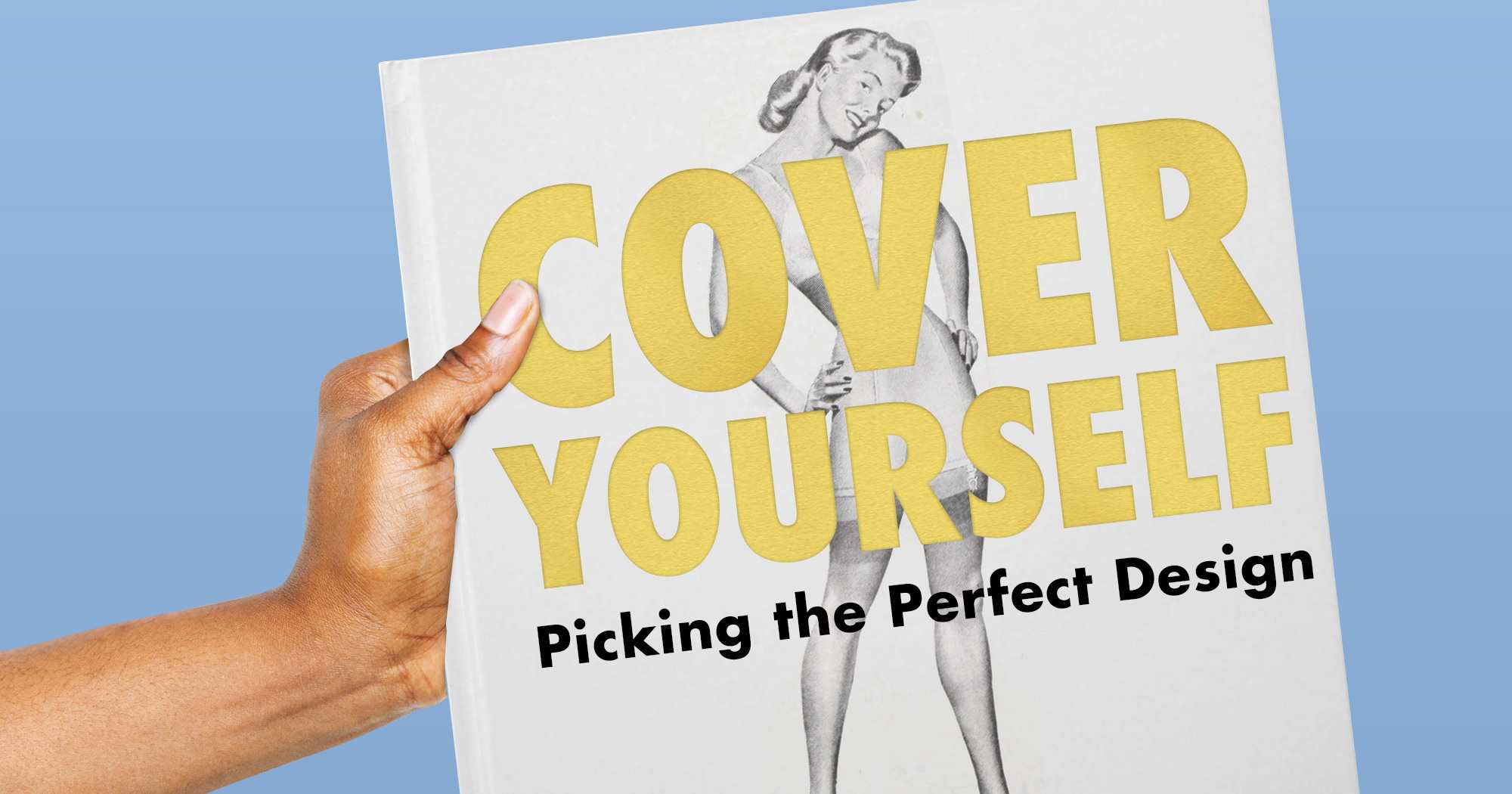Amateurish Covers Won't Sell Your Book

You spent years on the manuscript, making sure every paragraph, every word, every punctuation mark is precisely the one you want. Mazel tov. You did it your way and you’re ready to send your indie book out into the world.
Wait. Darnit. You need a cover to upload. Please, please do not go on a Google image search for royalty-free art and quickly find a font that looks good to you.
Your book’s cover may be the last thing you think about, but it’s the first thing your potential readers will see. You need a professional. Just as important as an experienced editor (you did hire an editor, didn’t you?), a good designer makes the difference between amateur hour and a store-quality product.
We receive too many book covers in the mail here that have us asking, “What were they thinking?” So I spoke to Joel Friedlander, proprietor of The Book Designer blog and a much-sought-after consultant to self-publishers, and asked him how authors should cover themselves.
What should an author look for when shopping for a book cover designer?

Joel Friedlander: 'Covers that will primarily be seen on screens need to be simpler in layout and composition.'
First, you want to have a look at the designer’s portfolio to make sure she has designed books in your category, niche, or genre before. It’s crucial that your designer understand the expectations and conventions in your genre, especially if you’re a novelist, and seeing other covers she has produced will tell you that right away.
Second, make sure you understand the designer’s terms. Sometimes artwork is included, sometimes it’s not. You or the designer may be licensing the artwork, not buying it, and licenses can be more or less restrictive, and some involve future payments under certain conditions. I’m not saying any of these arrangements are wrong, but you need to know up front.
Finally, have a chat with the designer to make sure you can hear each other and that communication will not be a problem as your project moves forward.
Has social media changed the way book covers should be designed?
What’s changed is the way books are discovered. Instead of readers finding books through bookstores, newspapers, magazines, and other “old” media, most books are now discovered online, and that’s a huge shift that not enough publishers are paying attention to.
When you pick up a book in a bookstore you can admire and be influenced by subtleties in coloration, texture, and effects like spot varnishes and foiling. All of these are lost when your cover is reduced from a 6“ by 9“ physical object to a 300 by 450 pixel image on a screen.
There’s so much less data in the screen image that print book covers really ought to be reworked and optimized for screen use, but it’s just not happening. Although it’s not that difficult to optimize a cover for screen use while still maintaining the “branding” and overall look of the original, it does take some effort. It seems that most publishers don’t want to put more effort into this part of the process, so they simply reduce the size of a cover designed for print, and that’s not often a good solution.
Covers that will primarily be seen on screens need to be simpler in layout and composition, with a lot of attention paid to the amount and legibility of any type on the cover.
What are the basic elements of good book cover design, and what are the elements of bad design?
Book covers succeed when they accomplish some specific goals: announce their genre instantly to the reader; create excitement and anticipation; signal something about the tone of the book (mostly for fiction); clearly state the scope or range of the book (mostly for nonfiction); and establish their position in the market compared to other, comparable books.
These demands, by the way, are the reason most amateurs who attempt to design book covers often fail. It’s quite challenging to hit all these bases in the limited space of a book cover. They fail, I think, for four main reasons: they fail to communicate their genre, category, or niche; they are graphically—or typographically—incompetent; they are simply illegible; or they completely fail to stir any interest or excitement. In other words, there’s no “hook” there.
These goals and obstacles exist whether the cover is largely visual, or entirely typographic.
Can you name a few of the best-designed book covers you’ve ever seen?
One of my favorites is Chip Kidd’s original cover for Jurassic Park, a 2-color graphic cover with immense impact and economy. Another is the cover for Cleopatra by Stacy Schiff, published a few years ago, where she is captured in an almost Vermeer-like aura, with her back turned to us, it’s beautiful and hypnotic.
But every year there are fantastic covers breaking all kinds of boundaries, and it’s a marvelous way to watch popular culture design trends by following the new books coming out.
How much does cover design matter if your book is available only on e-readers?
It’s only important if you want to sell books, whether they are print books or e-books. Book covers are a form of consumer product packaging, and in retail sales packaging is often as important—or more important—than the details of the product inside.
Since “the product inside” a book is information or the fruit of creative imagination, books are far different from bars of soap or paper napkins, but you can’t be an effective publisher if you don’t know how to attract the readers in your market.
Book covers are a big part of communicating to potential readers, and there are many stories of books whose sales have been greatly improved by replacing the cover with one better suited to the job.
I don’t think you can say that cover design is more or less important for print books or for e-books, because in both cases the cover is going to do a major share of communicating the basic appeal of the book, whether it’s in advertisements or listing on the sites of e-book retailers, where all covers are rendered equal by virtue of being represented by small screen images.
In the end, what’s more important: a great book cover or a great book?
What’s best in the end is a coherent and market-based concept for the entire publication, where the book cover is a natural extension of the work that went into creating the book’s marketing plan.
What I mean is: knowing who you are publishing for, what’s likely to attract them to your book, and then delivering the absolute best book you can, turning readers into lifelong fans. Long term, your book’s success will depend on just how good or useful the book is, but when it comes to bringing that book to the market where it will receive the best reception, an appealing cover that accurately reflects both the content and the expectations of likely readers is crucial.

Howard Lovy is executive editor at Foreword Reviews. You can follow him on Twitter @Howard_Lovy
Howard Lovy
